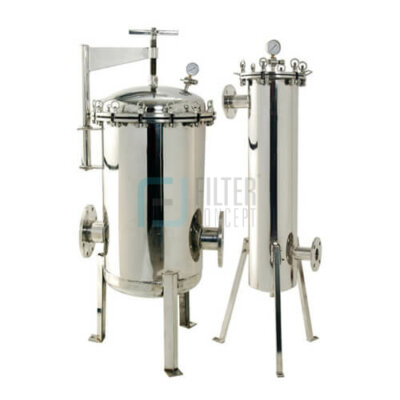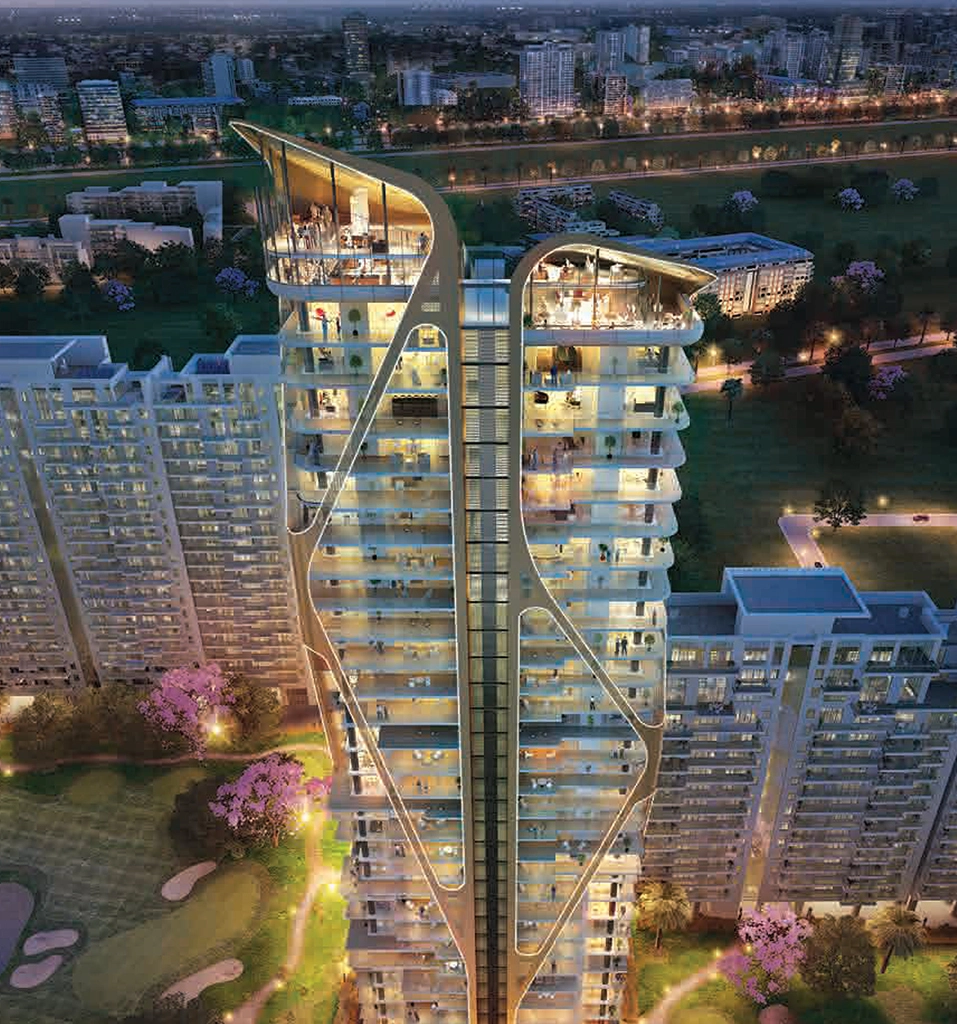Bag filter housings play a crucial role in various industrial and commercial applications, ensuring that particulate matter is effectively removed from liquids or gases. Choosing the right bag filter housing is essential for optimizing filtration performance and maintaining operational efficiency. In this article, we will explore the different types of bag filter housings, key factors to consider, and practical tips for selecting and maintaining the ideal filter housing for your needs.

Types of Bag Filter Housings
Standard Bag Filter Housings
Standard bag filter housings are designed for general filtration needs, typically used in applications where the particulate matter is relatively small and the flow rates are moderate. These housings are cost-effective and versatile, making them suitable for a range of industries.
Heavy-Duty Bag Filter Housings
For applications involving higher flow rates or more challenging conditions, heavy-duty bag filter housings are the preferred choice. These housings are built to withstand more rigorous conditions and are often used in industries such as petrochemical or food processing.
Custom Bag Filter Housings
Custom bag filter housings are tailored to specific needs and applications. They can be designed to fit unique size requirements or handle special types of particulate matter. Custom housings are ideal for specialized industrial processes where standard options may not be suitable.
Key Factors to Consider
Material and Construction Quality
The material and construction quality of a bag filter housing impact its durability and performance. Common materials include stainless steel for corrosion resistance and carbon steel for more economical solutions. Ensure the material is compatible with the filtered substance to prevent degradation.
Flow Rate and Capacity
Understanding the required flow rate and capacity is critical for selecting the appropriate bag filter housing. The housing must be able to handle the maximum flow rate without compromising filtration efficiency. Check the manufacturer’s specifications to match the housing with your system’s needs.
Bag Size and Compatibility
The size of the filter bag must be compatible with the housing. A mismatch can lead to ineffective filtration and potential operational issues. Measure the dimensions of the filter bag and verify compatibility with the housing before purchasing.
Pressure and Temperature Ratings
Different applications have varying pressure and temperature requirements. Ensure the bag filter housing can operate within the required pressure and temperature ranges to avoid failures or reduced performance.
Maintenance and Cleaning Requirements
Regular maintenance and cleaning are essential for optimal filter performance. Choose a housing that allows for easy access and maintenance to minimize downtime and ensure long-term efficiency.
Selecting the Right Size and Configuration
Determining Flow Requirements
Calculate the flow requirements of your system to determine the appropriate size of the bag filter housing. Use flow rate calculators or consult with the manufacturer to ensure the housing can handle the required flow without issues.
Matching Bag Size to Housing
Verify that the size of the filter bag matches the dimensions of the housing. An accurate match ensures that the filter operates effectively and minimizes the risk of leaks or bypass.
Understanding Pressure Drops
Pressure drops occur when the filter bag becomes clogged or when there is resistance in the system. Select a housing that can accommodate expected pressure drops and maintain efficient operation.
Installation and Maintenance
Installation Best Practices
Proper installation is crucial for the performance of the bag filter housing. Follow the manufacturer’s guidelines for installation to ensure a correct setup and avoid potential issues. Proper sealing and alignment are essential for effective filtration.
Regular Maintenance Tips
To extend the life of your bag filter housing, perform regular maintenance checks. This includes inspecting for leaks, checking for signs of wear, and ensuring that the filter bags are properly secured.
Troubleshooting Common Issues
Common issues with bag filter housings include leaks, reduced flow rates, and clogged filters. Troubleshoot these issues by checking for proper installation, inspecting the filter bags, and ensuring that all components are in good condition.
Expert Insights and Case Studies
Quotes from Industry Experts
“Selecting the right bag filter housing is not just about matching specifications but understanding the operational environment and application needs,” says John Smith, a filtration specialist with over 20 years of experience.
Relevant Case Studies
In a recent case study, a manufacturing plant optimized their filtration system by switching to a custom bag filter housing, resulting in a 20% increase in efficiency and reduced maintenance costs.
Future Trends and Practical Applications
Emerging Trends in Bag Filter Technology
Advancements in filtration technology, such as smart sensors and automated cleaning systems, are shaping the future of bag filter housings. These innovations aim to enhance performance and reduce maintenance efforts.
Practical Tips for Optimal Performance
To achieve optimal performance, consider integrating advanced monitoring systems that provide real-time data on filter performance and maintenance needs. This proactive approach can help prevent issues before they impact operations.
Conclusion
Choosing the right bag filter housing involves understanding the various types available, key factors to consider, and best practices for installation and maintenance. By following these guidelines, you can ensure effective filtration and long-term efficiency for your systems. read more blogs..
FAQ
What is a bag filter housing?
A bag filter housing is a containment unit designed to hold a filter bag and facilitate the filtration of particulates from liquids or gases.
How do I determine the right size for my filter housing?
To determine the right size, calculate the required flow rate, match the filter bag size, and consider the pressure and temperature ratings.
What maintenance is required for bag filter housings?
Regular maintenance includes inspecting for leaks, checking the condition of the filter bags, and ensuring proper alignment and sealing.


